Can You Burn Pine in a Fireplace? 3 Reasons
-
Pete Ortiz
- Last updated:
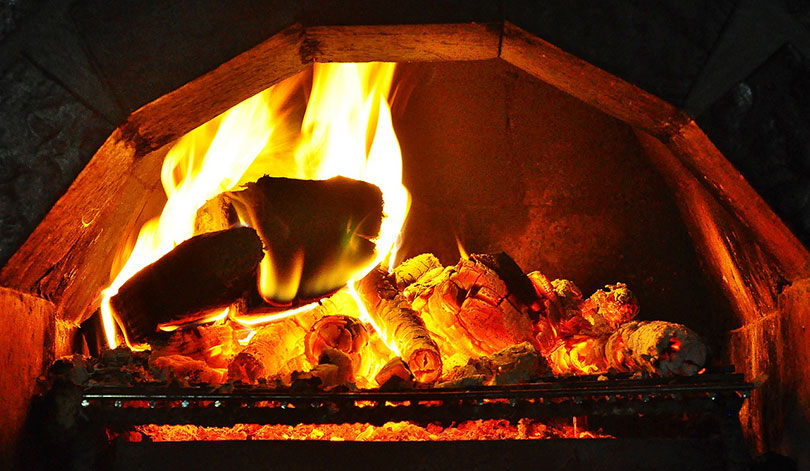
It is a well-known fact that you can start a fire by burning any type of wood. However, burning pine in a fireplace can either be a memorable or disastrous experience. Ideally, pine firewood is used outdoors and is great for kindling and as a fire starter. But this type of firewood is not suitable for indoor fireplace use because of high smoke production, lack of coals, and creosote buildup.
This article will shed light on what it means to burn pine in a fireplace and whether it is a good idea. Read on to learn more.
The 3 Reasons Why You Shouldn’t Burn Pine in a Fireplace
Burning pine in indoor fireplaces has been a controversial topic for a while now. Most people believe that it produces a dangerous soot buildup in chimneys called creosote. While this is true, burning any wood will also create creosote, and pine is not even the worst culprit.
Pinewood may not be the most energy-efficient wood to burn, but it is useful for outdoor fires. It produces a decent amount of heat and has a pleasant smell. Yet, when it comes to burning the wood in a stove or fireplace, it is not the best choice as a primary firewood source. Even though you can use it as firewood, it is not suitable for indoor use. Here is why:
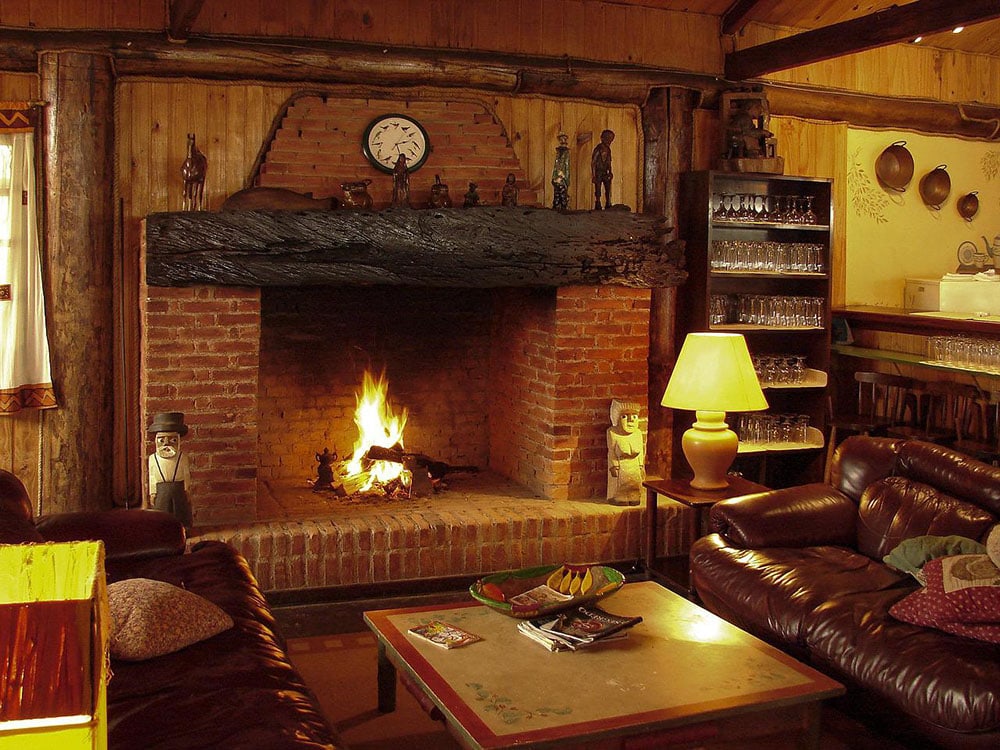
1. Creates Creosote
Pine firewood creates creosote when burned. This substance can stick to chimneys and if left to build up, it can destroy the chimney surface. Also, since it’s highly flammable, it is a fire hazard.
Most people think that pine produces more creosote than other wood varieties because of the high resin, sap, and pitch content. However, studies have found that burning wood at lower temperatures is what produces soot.
Moreover, burning unseasoned pine wood produces heavier and thicker smoke as it burns off the moisture content. This is perhaps why people have such a negative burning pine indoors.
2. High Resin and Sap Concentration
Pine is a type of softwood that contains a high resin concentration. The resin burns very hotly with a lot of crackling sounds. If you burn pine in your fireplace, you might have to deal with flaming embers spat out from your fireplace. If you are not careful, they can burn your carpet and curtains, or worse, burn down your entire house.
If you absolutely must use pine wood in your fireplace, consider installing a fireplace screen to prevent accidental fires. Pine is also rich in sap content, which, when burned, produces a thick smoke that tends to coat the inside of a chimney or fireplace. Moreover, sap from pine trees sticks on fabrics, making them very difficult to clean.

3. Quick Combustion With Less Heat
Pine is not suitable for making a stand-alone fire because, as a coniferous tree, it is less dense than most hardwood trees used as firewood. This causes it to burn faster while producing less heat. You will have to keep feeding the fire to maintain the heat. The quick combustion process also makes it unsuitable as firewood from an economic point of view.
Is Pine Good Firewood?
The short answer is yes, pine wood can be used as firewood in an outdoor setting. It is extensively used, especially in regions where pine forests are widespread. Also, it is commonly used by campers to start bonfires during outdoor excursions.
Pine is also a great kindling agent. It is easy to split into smaller bits; it contains resin, and it has fibrous elements that make it easy to start a fire while outdoors.
However, pine firewood use should be limited to outdoor settings and not indoor fireplaces.
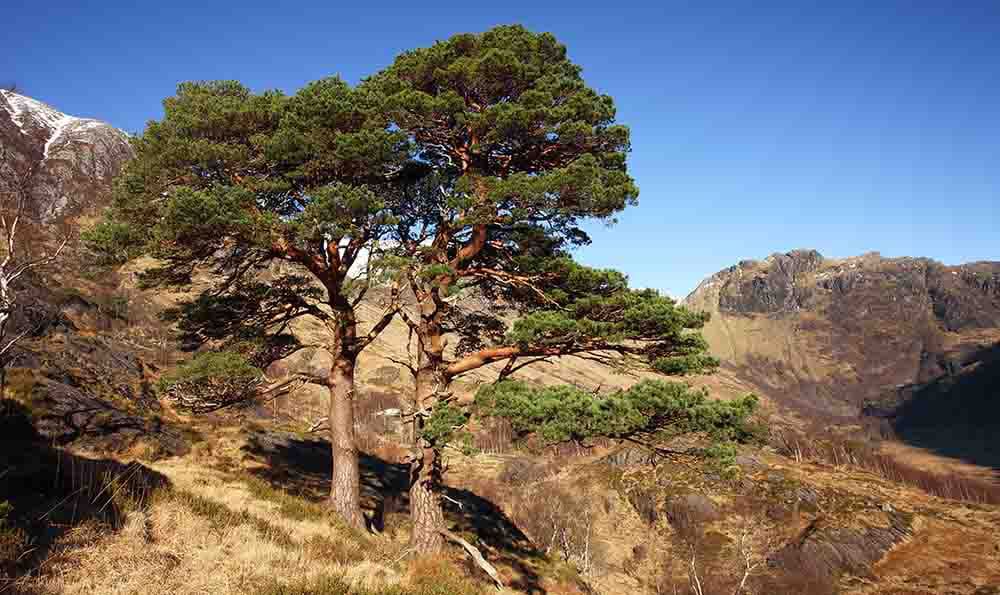
What Happens When You Burn Pine? Burn Qualities
As earlier mentioned, any wood can be used as fuel. However, every type of wood has specific qualities that determine where they are best used.
Below, we will highlight the six burn qualities that you have to pay attention to determine how pine performs in each of the categories. This should help you understand what happens when you burn pine and the pros and cons presented by setting pinewood on fire.
1. Heat Output
If you want to use pinewood in your fireplace, you are probably interested in it as a source of fuel to increase the heat inside your home. However, pine is the worst-performing wood variety in terms of heat production. Like any other heat-producing household feature, the heat output in burning pinewood is measured using the British Thermal Unit (BTU) per cord of wood.
Most pine wood species produce about 15.0 to 21.1 million BTUs. The southern yellow pine has the highest recorded BTU with a heat output of 21.1 million BTUs. When compared to other wood varieties like black locust (with an output of 29.3 BTUs), pine is several units lower in heat output. So, pine firewood wouldn’t be the best choice if you want to keep your house warm during the cold winter months.
In addition, pine burns fast and the coals do not last for long. This is bad when you are cooking with pine firewood. However, in a camping situation, this is a great characteristic because you want the fire to burn bright and die down at the end of the night.
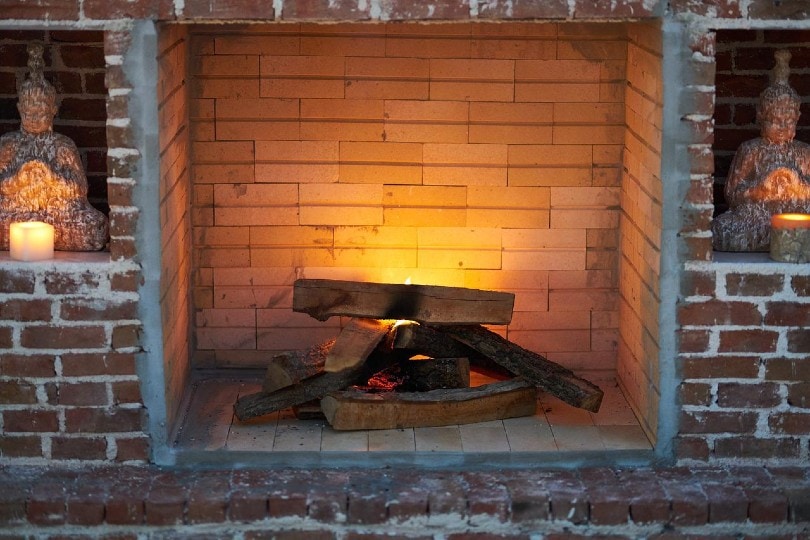
2. Smoke Production
In terms of smoke output, pine can produce quite a bit of smoke if left to burn. The high resin content also contributes to high smoke production. This is especially more dangerous if you burn unseasoned pine inside your house.
This isn’t something you would want in your fireplace. Not only is smoke annoying, but it can also be dangerous in some situations.
Letting your pine wood dry is the best way to limit smoke production from your pine firewood.
3. Seasoning Time
Like other firewood varieties, pinewood needs about 6–12 months to season. However, softwood firewood takes less time to dry when compared to hardwoods. So, you should consider this if you are preparing firewood that needs to season quickly.
The longer you allow your pine wood to season, the quicker it will burn out in the fire. Yet, if you let pine season for a shorter period, the smokier the fire will be. So, you can adjust your seasoning accordingly depending on the circumstances you would be using pine firewood.
4. Spark Emission
Before using any wood in your fireplace, consider researching spark production. It may seem like a small consideration, but sparks can become hazardous in certain conditions. Some wood varieties pop out a lot of sparks, and if not contained, they can be a fire hazard. This applies to both outdoor and indoor fires. If powerful enough, sparks can even damage the interior of a stove or burn your wooden furniture. Even outdoors, sparks can land on dry twigs and cause bushfires when burning pine on a fire pit outside.
On matters of spark production, pine doesn’t produce a significant number of sparks. However, you shouldn’t leave your outdoor pine fire unattended because small sparks will be present. Always keep an eye out for open outdoor fires no matter the type of wood you are burning.
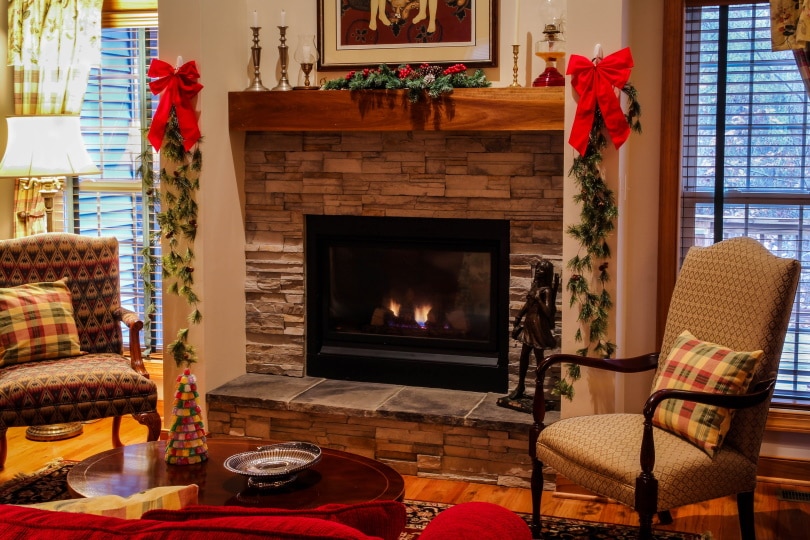
5. Burning Smell
Pine is popularly known for its pleasant earthy smell. The scent is used in candles, soaps, and other household air freshening products. Despite having a sweet smell, you are advised not to smoke any food with pine firewood. Instead, use hardwood species to smoke your meat and cheeses.
 In Conclusion
In Conclusion
While burning pine wood in a fireplace is possible, it is not advisable even when it is seasoned. Even though seasoning will reduce moisture content, it is hard to burn pine without creating problems for your health and the environment. The only advantage pinewood has over other wood species as a fuel source is the incredible kindling. All parts of pine—needles, twigs, small sticks, and fatwood—are good for starting a fire. But that’s as far as the pine’s benefits go.
The high creosote buildup combined with the low heat output makes pine wood a weak source of fuel for an indoor fire. If you need to burn wood in your stove or fireplace, consider hardwood species because they last longer and produce more heat.
Just keep your pine firewood outside in the firepit if you enjoy the smell of burning pine and sitting next to a campfire.
Featured Image Credit: JerzyGorecki, Pixabay
Contents


